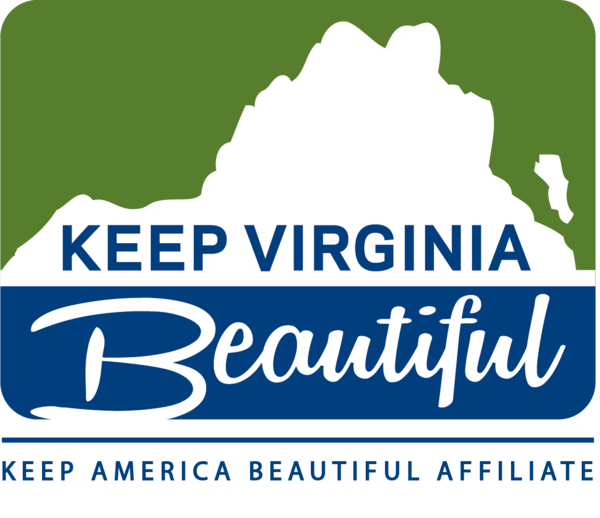Keep Virginia Beautiful updates the News
A couple of interesting news tidbits from the past few days:
- Forbes Magazine published a list of America’s Dirtiest Cities.

- Virginia is losing an Icon.
- The Clean Water Act is turning 40.
These news stories are all somewhat different, but all completely related.
First on the list is the Forbes ranking. It was a list of 20 cities in the United States. Thankfully, we’ve been working hard to Keep Virginia Beautiful, so no Virginia cities made the cut. Interesting to us was the fact that almost half of the cities listed were in the golden, sunny state of California. More telling was the fact that most of the cities on the list could trace their level of pollution back to water.
In some cases it was industry that created the problem. Cities like Baltimore and Philadelphia have long histories of dumping toxins into the closest river or stream. But more often than not, it was agriculture that was the culprit. Farms using fertilizers and chemicals allowed runoff to go willy-nilly into culverts, which, as we all know, run right into streams and rivers. In the case of Baltimore, adding insult to injury is the fact that all of that historic industry is now fighting with the many chicken farms on the Eastern Shore to see who can put more pollutants into the Chesapeake Bay. 16 of the 20 on the list had either polluted their groundwater or leached chemicals into the nearest body of water.
After a 30-year career, Richmond’s Ralph White is retiring as director of the James River Park System. When White took the post, the river was a mass of flotsam, chemicals, dead fish, and graffiti that meandered through our Capitol city. Through his work and tireless dedication, the James River has become an amazing natural resource, a source of endless hours of recreation, and allowed Richmond to be named Best River City by Outdoors Magazine. Sturgeon have come back to the lower James, waterfowl prowl the banks, and fish vie with kayaks to see who can make the quicker portage through the falls.
White has never been without his critics, and has never really cared what they said. When bureaucracy stymied his desire for positive change, he bypassed it. When logjams threatened to derail his vision of the river, he navigated around them. In a city with more politicians than you could swing a cat at, he forged forward endlessly. To paraphrase an idol, he “beat on, boats against the current, borne back ceaselessly into the past.”
Google it.
What White wanted, and to a large extent what he’s created, is a river that conveys what it was. What it was before man got a hold of it. When it was wild and natural and free. And our enjoyment and access to this natural wonder was always first on his list of priorities. Ralph White did a great deal to Keep Virginia Beautiful and he’ll be hard to replace.
In 1969, a group of very serious scientists commissioned by our Government were asked to take a look at the Cuyahoga River in Ohio. It had recently caught on fire, and that wasn’t the first time that this body of water had burst into flames. They said that the river was so full of deadly chemicals that “no visible life, not even low forms such as leeches and sludge worms” would survive. Aren’t these critters on the list of things that would survive a nuclear holocaust?
 Much like the James River, anyone coming into contact with the Cuyahoga would have to be treated with antibiotics and would be covered in painful sores. At that time, the same could be said for many of our bodies of water. So in 1972 we created the Clean Water Act. It made it illegal to randomly dump sewage and toxic chemicals into a stream or river. It set standards that we’re still striving to meet.
Much like the James River, anyone coming into contact with the Cuyahoga would have to be treated with antibiotics and would be covered in painful sores. At that time, the same could be said for many of our bodies of water. So in 1972 we created the Clean Water Act. It made it illegal to randomly dump sewage and toxic chemicals into a stream or river. It set standards that we’re still striving to meet.
We became Keep Virginia Beautiful 60 years ago. We helped to give birth to Keep America Beautiful, and one of their first message campaigns was a television commercial. You may have seen it: The Crying Indian. In the spot, an Indian, played by Iron Eyes Cody, paddles his canoe down an unspoiled river until he comes into our neck of the woods. There he finds garbage and pollution, which causes him to begin crying. The message was, “People Start Pollution. People Can Stop It.” The underlying theme was his question, “What did you do to my river?” It could have been the Cuyahoga. Or the James, or Shenandoah, or York, or any other river in our state.
As Keep Virginia Beautiful celebrates its 60th, ask yourself what Cody would say today.
